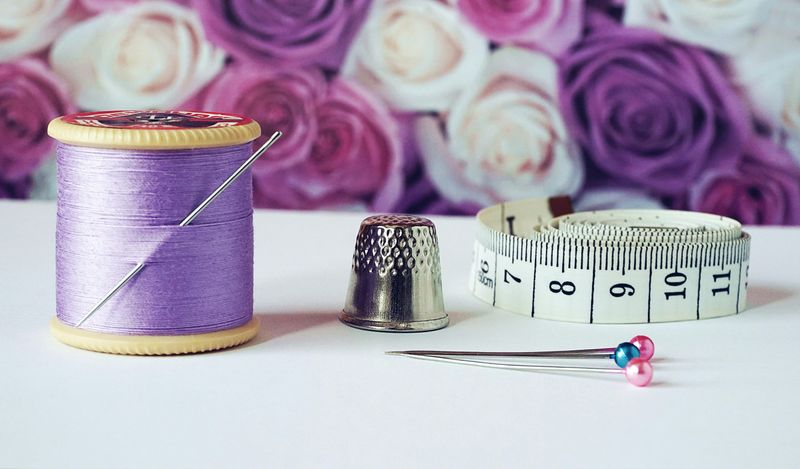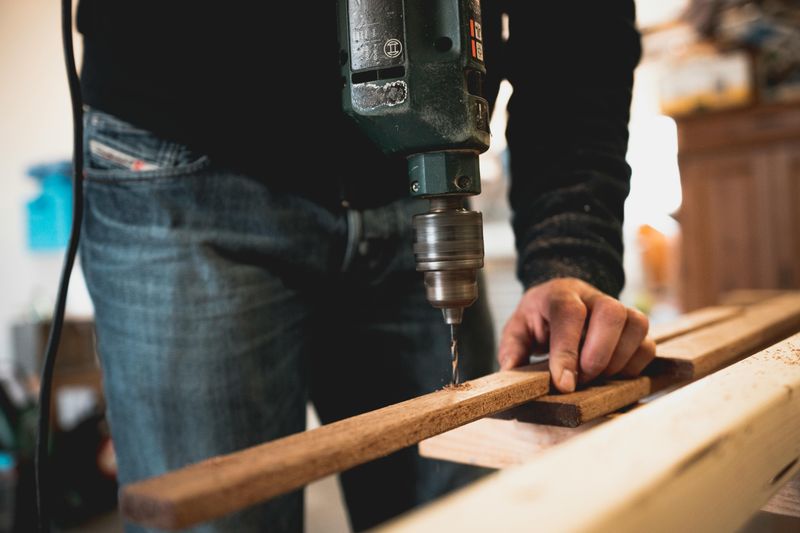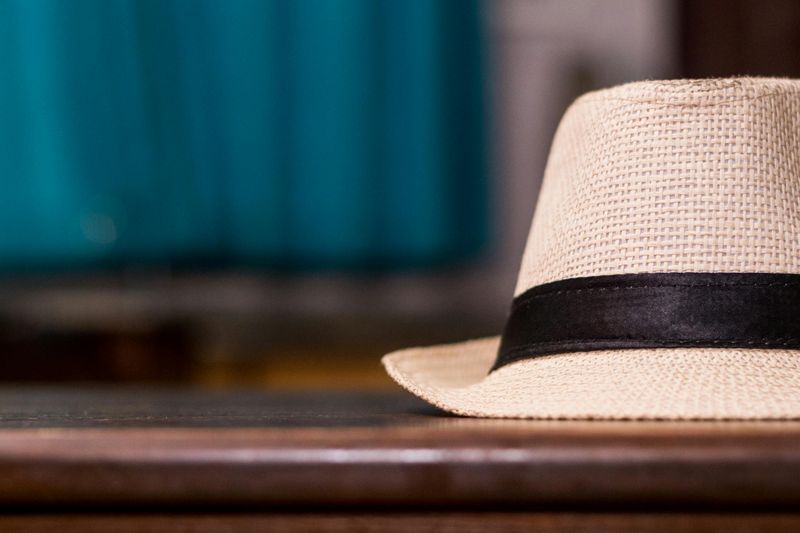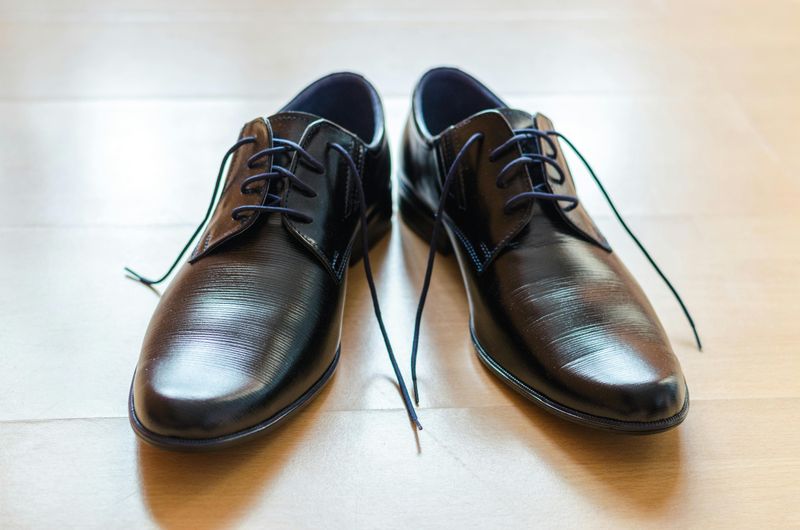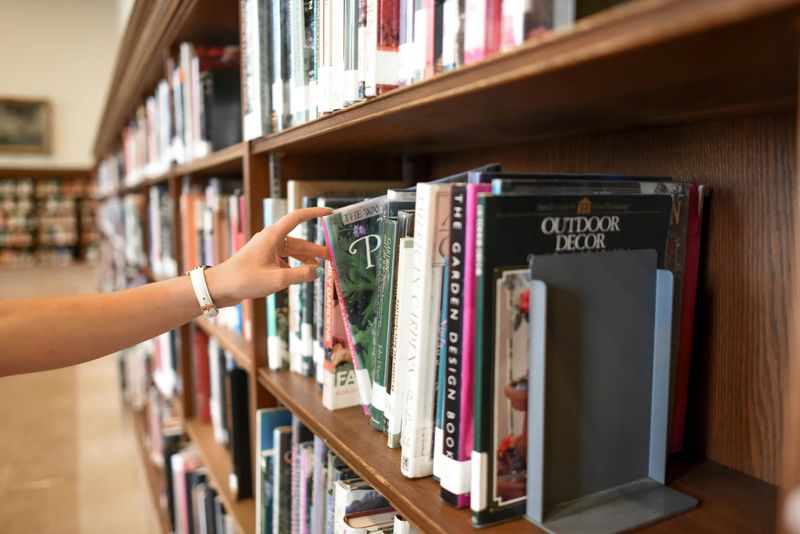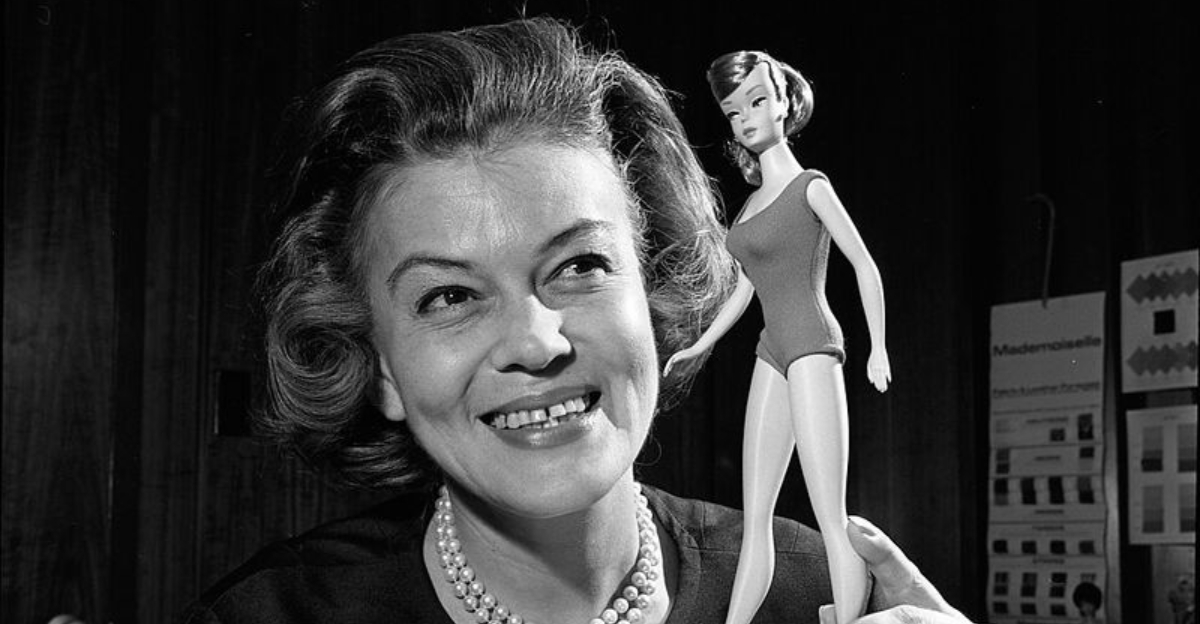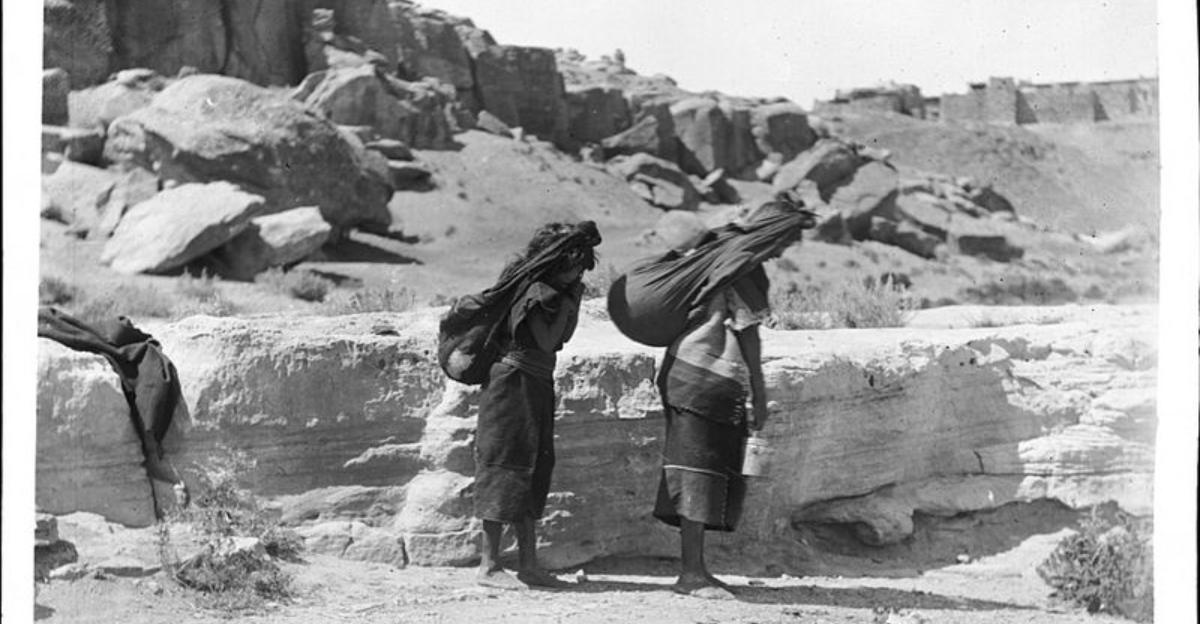16 Common Rules High Schoolers In The 60s Had To Follow
High school in the 1960s looked wildly different from today. Students faced strict dress codes, rigid social expectations, and rules that seem almost unbelievable now.
Walking through those hallways meant following guidelines that shaped an entire generation’s school experience.
1. Girls Had To Wear Skirts Or Dresses Only
Pants were absolutely forbidden for female students during school hours. Girls had to wear skirts or dresses that reached their knees, no matter the weather or activity.
Gym class offered the only exception, where special bloomers were permitted. Breaking this rule could result in suspension or being sent home immediately to change clothes.
2. Boys Couldn’t Have Long Hair
Hair touching the collar was considered rebellious and unacceptable for male students. Principals enforced strict grooming standards, measuring hair length with rulers during inspections.
Many boys got sent to the office for haircuts that seemed too shaggy. The Beatles inspired longer styles, but schools fought hard against this cultural shift throughout the decade.
3. No Public Displays Of Affection Allowed
Holding hands in the hallway could land couples in detention quickly. Kissing, hugging, or any romantic contact between students was strictly prohibited on school grounds.
Teachers patrolled hallways specifically watching for rule-breakers. Couples caught breaking this guideline faced embarrassing lectures and sometimes calls home to parents about their inappropriate behavior.
4. Girls Took Home Economics Classes
Cooking, sewing, and housekeeping skills were mandatory for female students. Schools believed these classes prepared girls for their future roles as wives and mothers.
Boys rarely entered these classrooms, as gender roles were rigidly defined. Girls learned recipes, ironing techniques, and proper table setting while their male classmates headed to shop class instead.
5. Boys Were Required To Take Shop Class
Woodworking, metalworking, and automotive repair filled boys’ schedules automatically. Schools assumed all males needed practical trade skills for their future careers.
Girls almost never participated in these hands-on workshops. Boys built bookshelves, learned engine maintenance, and practiced welding while developing skills considered essential for manhood and providing for families.
6. Girls Couldn’t Wear Makeup Or Nail Polish
Natural appearances were enforced strictly for female students throughout the school day. Lipstick, eyeshadow, and colored nail polish were banned as distracting and inappropriate.
Teachers inspected girls regularly, sending them to wash off any cosmetics discovered. Schools worried makeup made girls look older and might encourage unwanted attention or moral concerns among the community.
7. Tardiness Resulted In Paddling Or Detention
Arriving late to class brought swift, often physical consequences for students. Corporal punishment remained legal and widely practiced, with wooden paddles hanging in principal offices.
Three tardies typically earned detention or swats. Parents generally supported these harsh disciplinary measures, believing strict punishment taught responsibility and respect for authority that would benefit kids throughout life.
8. Separate Entrances For Boys And Girls
Many school buildings featured completely different doorways designated by gender. Boys entered through one side while girls used another, keeping the sexes separated until reaching classrooms.
This architectural design reflected broader social beliefs about proper interactions. Mixing genders too freely was considered potentially problematic, so schools physically structured buildings to minimize unsupervised contact between male and female students.
9. No Talking Back To Teachers Ever
Questioning or disagreeing with teachers was considered outright disrespect and insubordination. Students were expected to accept all instructions without debate or discussion.
Challenging authority brought immediate punishment and parent conferences. The phrase because I said so ended most conversations, as adults held unquestioned power and students learned obedience was more valued than critical thinking or self-expression.
10. Girls Had To Sit With Legs Crossed
Proper posture and ladylike behavior were constantly monitored and corrected. Female students received regular reminders about crossing their ankles or knees while seated.
Teachers considered relaxed sitting positions unladylike and improper. Girls practiced these behaviors until they became automatic, as society judged women heavily on manners and appearance rather than intelligence or capabilities in professional settings.
11. Hats Had To Be Removed Indoors
Boys learned immediately that wearing hats inside buildings showed terrible manners. Caps, fedoras, or any head coverings had to come off the moment students entered school property.
This etiquette rule taught respect for indoor spaces. Teachers confiscated hats from forgetful students, sometimes keeping them until parents retrieved them, reinforcing lessons about appropriate dress and behavior in different social settings.
12. No Chewing Gum In Class
Gum chewing was banned completely from classrooms and often entire school buildings. Teachers viewed it as disrespectful, distracting, and unsanitary.
Getting caught meant immediate disposal and possible punishment. Schools worried about gum stuck under desks and the unprofessional appearance of students chewing during lessons, so this rule was enforced as strictly as any major violation.
13. Married Or Pregnant Girls Were Expelled
Schools immediately expelled female students who became pregnant or got married. These situations were considered shameful and inappropriate for the school environment.
No exceptions existed, ending many girls’ educations permanently. Schools worried about bad influences on other students, while pregnant teens faced harsh judgment and limited options for completing their education or building independent futures afterward. Many schools expelled or reassigned pregnant students to separate programs; outright expulsion was common but not universal.
14. Students Needed Hall Passes For Everything
Moving between locations during class time required written permission slips. Bathroom breaks, library visits, or office errands all needed official hall passes signed by teachers.
Students caught wandering without passes faced detention. This system gave schools complete control over student movement, preventing skipping class and maintaining order throughout buildings during instructional time when everyone should be learning.
15. Dress Shoes Were Required Daily
Sneakers and casual footwear were banned except during physical education classes. Boys wore leather dress shoes while girls wore flats or low heels as part of formal dress expectations.
Comfort took a backseat to appearance standards. Schools believed proper footwear taught professionalism and respect, preparing students for workplace dress codes they would encounter as adults in offices and formal employment settings.
16. Library Silence Was Absolutely Enforced
Whispering in the library could get students ejected immediately. Librarians maintained strict silence policies, shushing anyone who made even slight noises.
Libraries served as quiet study sanctuaries exclusively. Group work and discussions happened elsewhere, as these spaces were reserved for individual reading and research where absolute silence helped everyone concentrate without modern distractions like smartphones or laptops.




